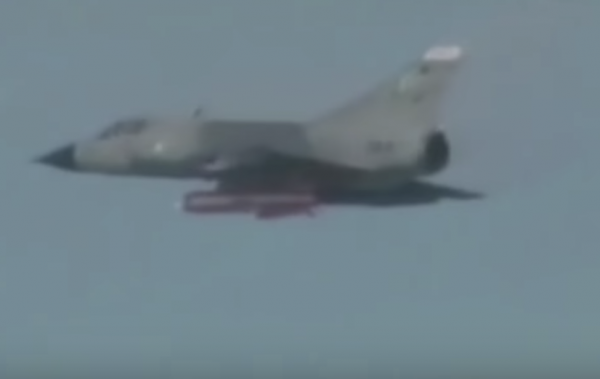Windjammer
ELITE MEMBER

- Joined
- Nov 9, 2009
- Messages
- 41,312
- Reaction score
- 181
- Country
- Location
The advantage of integrating the Raad ALCM on the Block-3 is that unlike the Mirage which carried one under the belly, the Thunder will deploy Two, one under each wing, this also means another highly specialised weapon mentioned by Alan Warnes will now be cleared on the B3.








